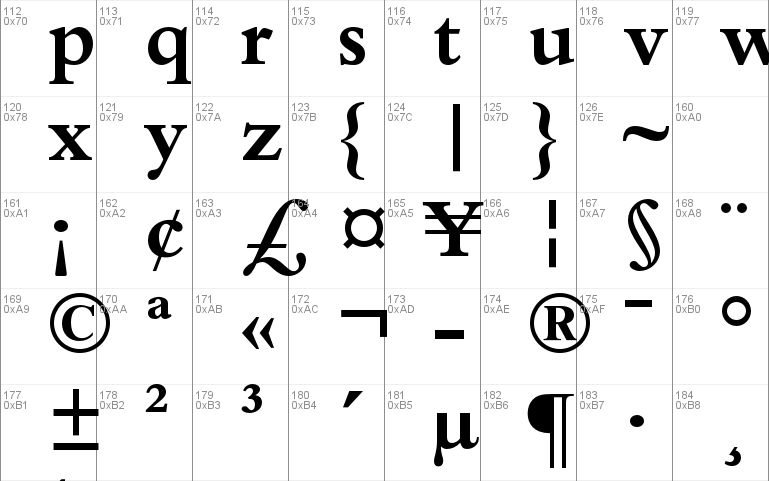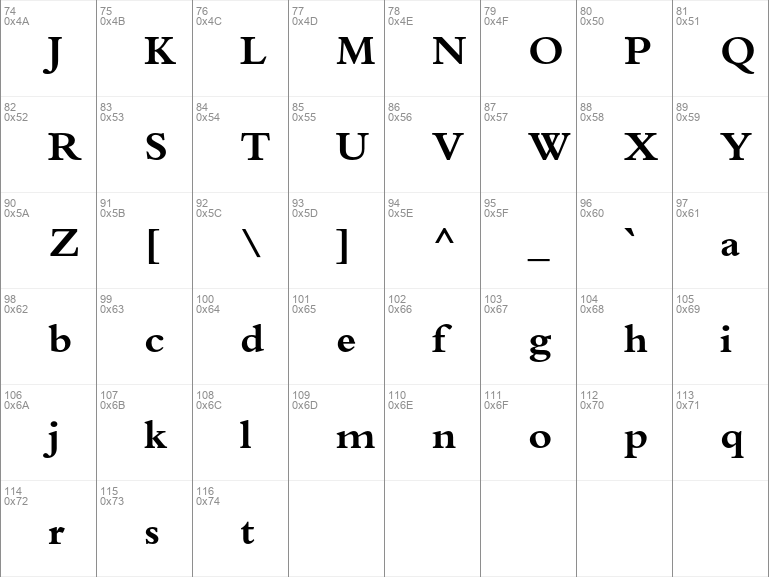

A digitised version appeared in the 1980s. The typeface we know as 'Bembo' today, is a revival of the printed original, created by the Monotype Corporation under Stanley Morison's direction, in 1929. Gutenberg's blackletter typefaces on the other hand, have fallen out of favour entirely, appearing distinctly medieval and virtually unreadable by today's conventions: The Bembo typeface is a design that can still be appreciated on its own merits, even without seing it in a historical context. With the ongoing technological advancements in the areas of printing and publishing, not to mention the rapidly changing trends and conventions in visual culture, the longevity of this typeface is nothing short of remarkable. These typefaces created a standard for typography that still stands virtually unchallenged, at least in the world of book publishing. Manutius' type also became the inspiration for french type founder Claude Garamond, who contributed to the widespread use of the style of serif typefaces now often called 'Old Style'. Some consider his typeface 'the original and best', but it is Aldus Manutius that has been best remembered by posterity. Nicolas Jenson, another printer based in Venice, actually introduced a typeface very similar to 'Bembo' a few years earlier. The Bembo typeface retains a couple of calligraphic features, as can be seen in this example: Instead of attempting to imitate handwriting and calligraphy, they created type inspired by the perfectly proportioned lettering of classical Roman inscriptions, as seen on Trajan's column in Rome. Those of you with an unhealty obsession with punctuation will also want to know that this sample shows the first ever printed semi-colons.īy this time Italian publishers had moved away from the heavy blackletter typefaces used elsewhere in Europe.

The typefaces Manutius used in his books were cut (and probably designed) for him by the punchcutter Francesco Griffo.Ī type sample from Manutius' edition of De Aetna, 1495. Venice was at that time among the most important centres for printing and publishing in Europe, and Manutius is considered one of the most important medieval printers and publishers, only rivalled by Gutenberg. Bembo Bembo was developed in 1929, based on a type cut in 1495 by Francesco Griffo. The typeface that would later be known as 'Bembo', made its first appearance in the book De Aetna, published by the Venetian printer Aldus Manutius in 1495.


 0 kommentar(er)
0 kommentar(er)
